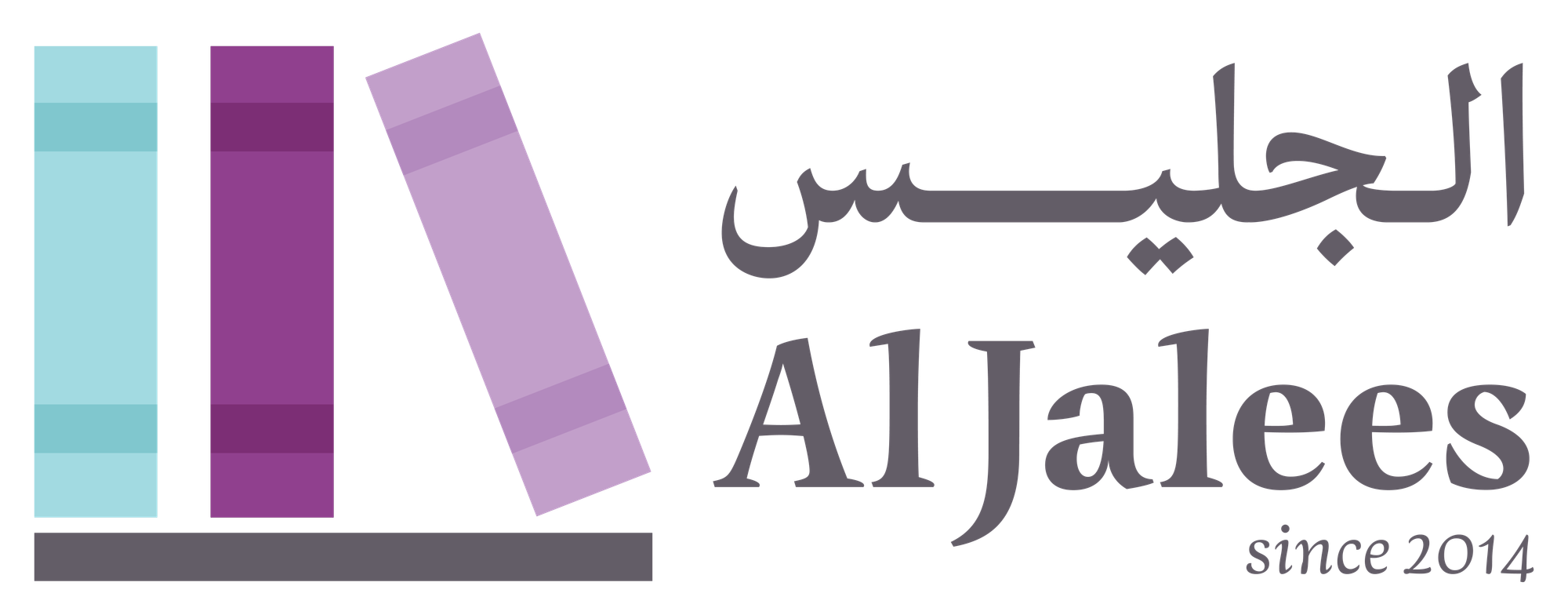Are You Living in Parallel?

Sometimes, the most powerful stories are the ones that don’t intersect—but echo each other.
Whether it’s lives unfolding in different places, or voices telling similar truths in vastly different ways, parallelism reveals the invisible threads that connect us. In art, cinema, and literature, parallels explore identity, contrast tradition and change, and offer layered reflections on humanity.

In this issue, we dive into Parallel as a creative theme—through literature, cinema, and real human stories. We reflect on overlapping lives like the story of the triplets Edward Galland, David Kellman, and Robert Shafran, explore how films and books mirror each other, and revisit powerful insights from the recent CreativeMornings talk on cinema, identity, and culture.
From Saudi films to timeless storytelling, we uncover how parallels invite us to see beyond the obvious and into the deeper patterns that shape our world.
What is Parallelism?
Sometimes, the most powerful stories aren’t the ones that collide—they’re the ones that quietly reflect each other.
Parallelism is when two or more lives, ideas, or narratives unfold side by side, never meeting, but deeply resonating.
In storytelling, this can look like characters in different worlds facing the same inner struggle. Or two timelines—past and present—mirroring emotions, growth, or choices. Even in our own lives, we often discover someone, somewhere, walking a different road but learning the same lesson.
Parallelism reminds us that connection doesn’t always need interaction. Sometimes, it’s the quiet echoes between stories that leave the biggest impact
One of the most striking real-life examples of parallelism is the story of Edward Galland, David Kellman, and Robert Shafran—triplets separated at birth and raised by different families.
Though they grew up in different homes, they shared uncanny similarities in habits, tastes, and personalities. When they met as adults, their story shocked the world—and exposed a secret experiment that had placed them in separate environments to study nature vs. nurture.
Their journey raises deep questions about identity, connection, and how lives can echo one another, even when kept apart. It shows us that parallel lives can reveal truths we never expected.
Maha Sultan, founder of Meem Cinema, offered an insightful and grounded exploration of the theme Parallel, connecting it to identity, storytelling, and the evolving landscape of Arab cinema.
Parallel Tracks in Cinema
She described cinema as unfolding along two tracks—artistic and commercial—each with its purpose and audience. She referenced the film Babylon to reflect this duality, where both paths mirror different expressions of culture.
The Rise of Saudi Cinema
Maha shed light on Saudi Arabia’s emerging cinematic voice, noting how films like Hobal demonstrate a delicate balance between tradition and modernity. Saudi cinema is not just growing—it’s reshaping national identity and asserting cultural presence globally.
Parallel in Culture & Creation
She interpreted Parallel as the experience of holding two truths at once—innovation and heritage, authenticity and evolution. Referencing Abbas Kiarostami’s Koker Trilogy, she emphasized how filmmakers can layer stories that exist side by side, never fully merging, yet deeply connected.
Authenticity Over Imitation
A recurring insight from her talk: “Don’t imitate what’s trending—stay authentic to your story, your place, your voice.” A reminder that true creativity thrives in spaces where culture and individuality are honoured equally.
Maha’s reflections invited us to consider how parallelism in art isn’t about contradiction—but about coexistence, and how stories can walk side by side, resonating across audiences and time.
Have you ever felt like you were living two lives—one for the world, one for yourself?
Can two people walk separate paths yet share the same struggles?
What story—real or imagined—has quietly mirrored your own?

